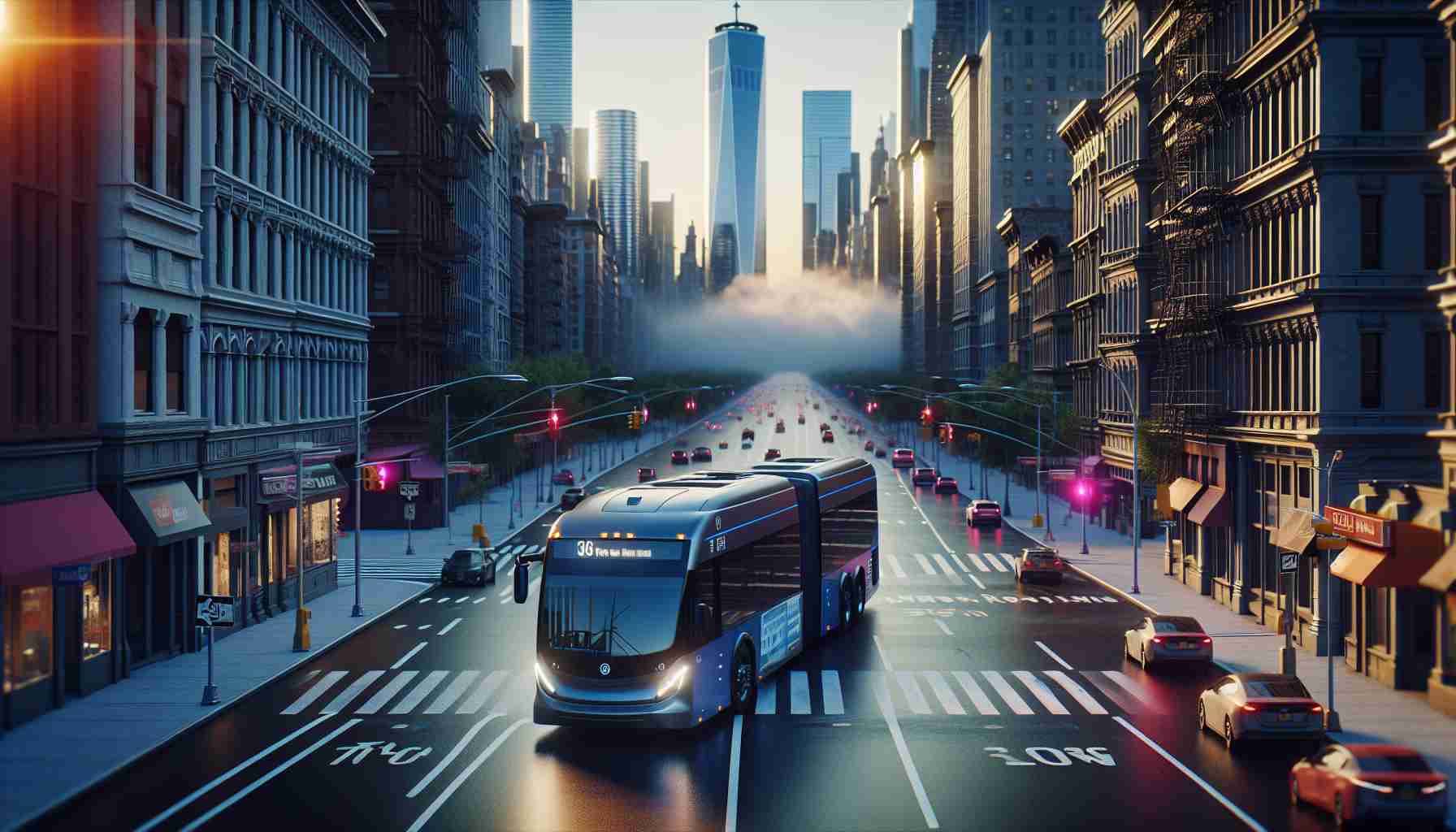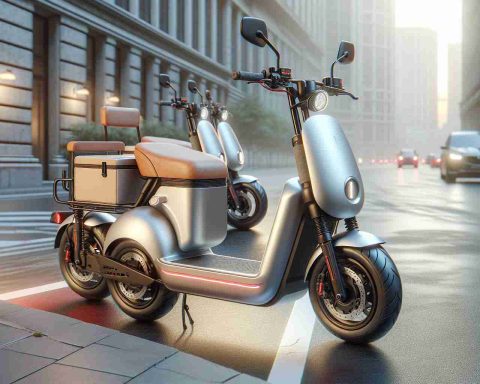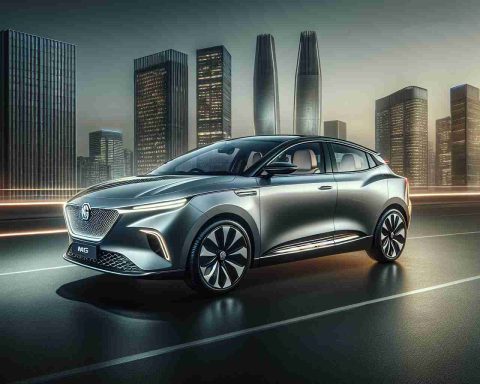- New York aims to electrify all new school buses by 2027, with a full fleet transformation by 2035.
- Significant investments and infrastructure updates are necessary for the electric transition.
- Challenges include high costs, logistical hurdles, and an inadequate power grid.
- Legislation is proposed to allow schools to defer meeting electrification requirements.
- Senators and assemblymen highlight the current disconnect between policy ambitions and technological capabilities.
- Governor Hochul considers extending deadlines due to infrastructure and fiscal concerns.
- The ongoing debate emphasizes the need for clear support and budget forecasting for schools.
- New York faces a critical juncture between sustainability goals and pragmatic readiness.
A transformative storm sweeps across New York, as the ambitious goal to electrify school buses by 2027 looms dauntingly close. In the heart of the challenge stands Troy Decker, the Indian River Superintendent, envisioning a future marred by logistical nightmares and astronomical costs. Decker sees a landscape specked with gleaming electric buses, yet with roads that lack the promise of readiness.
The ticking state mandate clouds the horizon, demanding all new school buses be entirely electric by 2027, with a complete fleet transformation by 2035. This rapid shift requires not only millions in investments for new buses but also a sophisticated infrastructure capable of supporting them.
Decker isn’t alone in his anxiety. Lawmakers, cognizant of the fiscal and technological cliff, rally to introduce a lifeline: a legislative option for schools to defer the daunting requirements. The arguments center on the technological inadequacy to support such an overhaul and fears of an overwhelmed power grid.
Senators Mark Walczyk and Dan Stec, alongside Assemblymen Ken Blankenbush and Scott Gray, present bills to grant schools the choice to opt-out, citing a disconnect between visionary policy and present capabilities. Governor Hochul herself acknowledges the strains, hinting at the possibility of extending deadlines.
Despite these considerations, uncertainty lurks. Walczyk warns against a mere delay, advocating for definitive support that empowers schools to forecast budgets effectively.
As these bills navigate the tangled committee process, communities wait with bated breath. New York stands at a crossroads, torn between the shimmering promise of sustainability and the stark reality of current limitations. The road to clean energy demands more than ambition; it requires a readiness to recalibrate.
The Electric Bus Revolution: Can New York Schools Meet the 2027 Deadline?
How-To Steps & Life Hacks for Transitioning to Electric School Buses
1. Assess Current Fleet and Infrastructure: Conduct a thorough audit of your existing buses and facilities to identify needs for electrical upgrades.
2. Budget Planning and Financing: Research available federal and state grants and financing options to manage the high upfront costs of electric buses.
3. Phased Implementation Plan: Develop a realistic timeline that phases in electric buses gradually, aligning with infrastructure upgrades and financial capabilities.
4. Train Staff: Invest in training programs for maintenance staff and drivers to ensure they are equipped to handle the new technology.
5. Explore Partnerships: Collaborate with schools already using electric buses to learn from their experiences and challenges.
Real-World Use Cases
– California School Districts: Many have successfully transitioned to electric buses, citing reduced emissions and lower fuel costs as significant benefits.
– Pilot Programs: Districts like those in Chicago and Boston have launched small-scale pilot programs to test electric buses in varied weather conditions and routes.
Market Forecasts & Industry Trends
– According to a report by Bloomberg New Energy Finance, the electric bus market is projected to grow significantly, with sales forecasted to double by 2030.
– Electric buses are becoming more cost-competitive with diesel buses as battery costs decline, which is influencing policy and school district decisions.
Reviews & Comparisons
– Proterra vs. Blue Bird Electric Buses: Proterra buses are known for longer range and faster charging, while Blue Bird buses are praised for their robust build and reliability.
– Cost Comparison: While electric buses typically have a higher purchase price, their lower maintenance and fuel costs can lead to substantial savings over time.
Controversies & Limitations
– Grid Capacity: Concerns over whether the current electrical grid can support a massive influx of electric buses remain a hot topic.
– Technology Limitations: Cold weather can reduce the range of electric buses, posing a challenge for regions with harsh winters.
Features, Specs & Pricing
– Battery Range: Most electric school buses have a range of 75 to 150 miles on a single charge.
– Cost: The average cost of an electric school bus is between $300,000 and $400,000.
– Charging Infrastructure: Investing in Level 2 chargers for overnight charging is common, but Level 3 fast chargers are necessary for quicker, mid-day charging.
Security & Sustainability
– Electric buses produce zero tailpipe emissions, significantly reducing school districts’ carbon footprint.
– Ensuring cybersecurity for connected vehicles is crucial; adopting robust security protocols can prevent hacking and unauthorized access.
Insights & Predictions
– Legislative Influence: Future legislative changes could hinge on technological advancements and grid improvements, potentially affecting the deadline.
– Smart Grid Development: Advocates push for smart grid investments to optimize load management and support electric vehicle integration.
Tutorials & Compatibility
– Training Videos: Manufacturers like Lion Electric offer online resources and instructional videos to familiarize operators with their electric buses.
– Compatibility with Existing Infrastructure: Conduct compatibility assessments to ensure your facilities can support charging infrastructure.
Pros & Cons Overview
– Pros: Lower long-term operating costs, reduced environmental impact, quiet operation.
– Cons: High initial cost, need for charging infrastructure, limited range in some models.
Actionable Recommendations
1. Start Small: Begin with a pilot program to assess electric bus performance before large-scale adoption.
2. Seek Funding: Apply for grants and incentives at both the state and federal levels to offset costs.
3. Engage Stakeholders: Regularly update parents, students, and staff on progress and benefits to ensure community buy-in.
4. Monitor Legislative Developments: Stay informed about potential deadline extensions or changes in policy to adjust plans accordingly.
For more information, visit New York Post, a credible source for updates and expert opinions on the electric vehicle market. Also, check with U.S. Energy Information Administration for data on energy capacity and trends.














